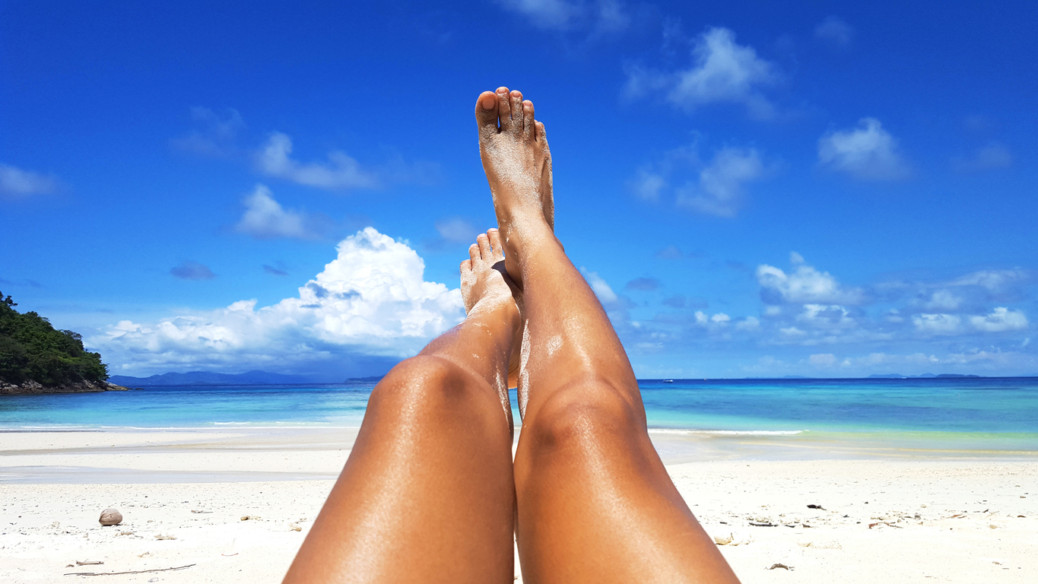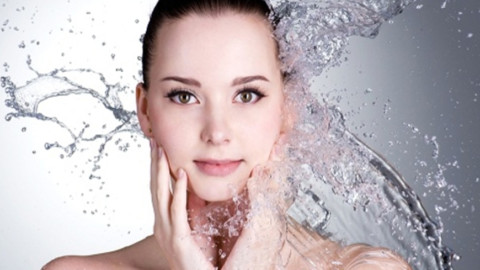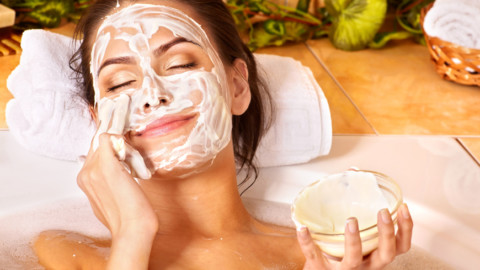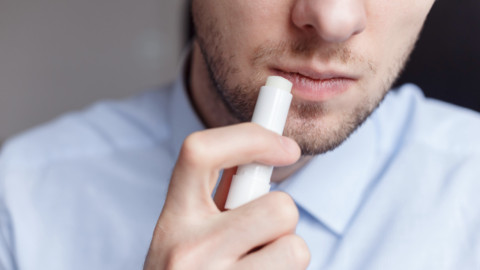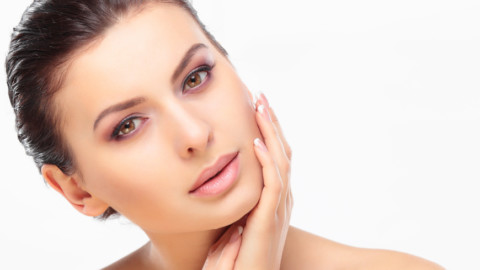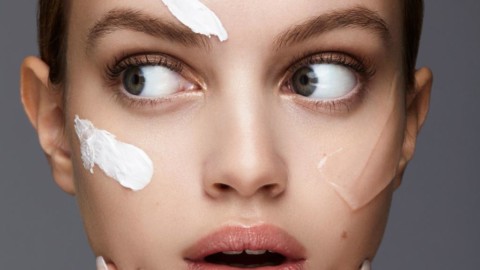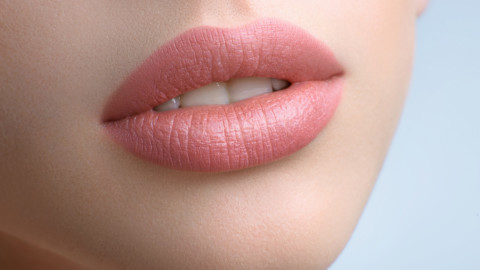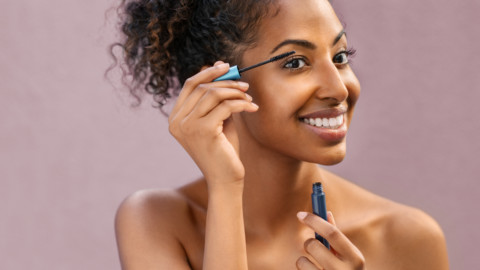When summer approaches, people scramble getting ready to get their tan on. But what tanning method should you choose? These days, there are multiple different methods that are either loved and hated for several reasons. Safety, timeliness, and effectiveness are major factors considered when it comes into picking the best tanning approach for you. Keep reading to find out what you need to know about six different tanning methods.
Natural sun tan
Getting tan by the sun is obviously the most natural way to get a tan, but its crucial to be cautious when doing so. Sun tanning is a great source of vitamin D, but it also comes with several risks including sunburn, dehydration, sunburn, premature skin aging, eye damage and more. It is also crucial to note that sun tanning heightens the risk of melanoma and other skin cancer. If you want to lay out in the sun, there are steps you can take to make sure you tan faster, and aren’t in the sun as long.
Before tanning, make sure to apply a broad spectrum sunscreen with at least 30 SPF, within 20 minutes of tanning. Timing is also a major factor for safe sun tanning. If you’re looking to tan quickly, the sun is usually at its strongest between 12 p.m. and 3 p.m. For those with fair skin, avoid tanning during these hours to prevent burning. If you are looking for a quick tanning session, remember that the sun’s rays are most damaging during this three-hour window.
Tanning beds
Tanning beds have been around for decades, and although they aren’t talked about as much, they’re still around. This tanning method is a favorite for those who want a quick tan, without having to naturally lay out in the sun. It is also a way to tan any time you want, despite the weather, without worrying about the sun going down. Despite tanning beds being a quick fix, skincancer.org let’s us know that tanning beds can be even more dangerous that outdoor tanning. In fact, there is a 75% increased risk of developing life-threatening melanoma from just one tanning bed session before age 35.
Tanning beds can also negatively affect the appearance of your skin. “Aside from significantly increasing your risk of developing skin cancer, indoor tanning can contribute to premature aging,” says Deborah S. Sarnoff, MD, President of The Skin Cancer Foundation. “Using UV tanning beds can lead to fine lines, wrinkles, sagging and brown spits down the line.”
Sunless self-tanner
Sunless self-tanning is a tanning method that puts the work in your hands. Self-tanning products often sold as lotions, creams and sprays. This a good way to get a sun-kissed tan without subjecting yourself to the harmful UV rays. In most sunless tanning products include the active ingredient, dihydroxyacetone (DHA). DHA reacts with the dead cells in the surface layer of the skin to temporarily darken the skin, giving it a tanned look. Results usually last a week or so.
Even though these products are safer than other methods, it is still important to choose the right self-tanning products. Some companies will use unsafe or low quality ingredients and not list them. Also, avoid items with FD&C dyes in the formulas, as they can leave you looking orange. Make the best decision by reading the label, and doing any additional research if necessary.
Bronzing lotions
Another sunless tanning method is using bronzing lotion. Bronzing lotion are for those who want an even quicker tan than other self-tanning products provide. There are two types of bronzing lotions: DHA lotions and natural bronzing lotion.
DHA lotions take about four hours to show and 12 hours to fully develop. While DHA lotions can provide you with a good fake tan, high quality natural bronzing lotions contain ingredients that boost melanin production in the skin. The healthy ingredients in natural lotions can also increase the circulation of oxygen in the outer layer of your skin, and provide moisturizing powers.
You may also bronzer makeup, in stick, powder or gel form, to add some extra glow to the skin. These products provide a short-term result, and washes off after a few hours.
Spray tan
Spray tanning is another sunless tanning method, only this time a professional does it for you. The solution being spray also contains DHA to darken the skin. In some cases, it has been reported the DHA may irritate the skin.
If you are interested in a spray tan, exfoliate your skin before hand for best results. You should also avoid wearing makeup, lotions, deodorant or perfumes because they can cause a barrier on the skin, which makes it harder for the DHA to work its magic. The tanning process generally takes around 30 minutes. To let the solution settle in and take full effect, don’t wash your skin for at least eight hours after the spray tan. Like other sunless tanning methods, spray tans typically last for about a week.
Tanning pills
While tanning pills are available, you should really steer clear from them at all cost. The most active ingredient in tanning pills is canthaxanthin, which is a color additive for food. When ingested, canthaxanthin works by releasing pigment-changing compounds to make your skin darker. To see results, the pills must be taken long-term.
According to the FDA, canthaxanthin is approved for food coloring, but tanning pills are not approved. Taking these pills will be at your own risk. It is highly recommended to stay away from tanning pills because canthaxanthin can turn your skin orange and brown when taken in large amounts. It can also cause hives, liver damage and impaired vision.

